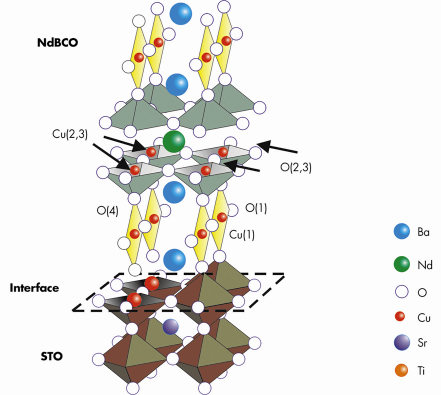- Home
- Users & Science
- Scientific Documentation
- ESRF Highlights
- ESRF Highlights 2007
- X-ray Absorption and Magnetic Scattering
X-ray Absorption and Magnetic Scattering
Introduction
Information on local crystal and electronic structure with elemental specificity is of paramount importance to understand many scientific problems. X-ray absorption techniques are particularly suitable for this. X-ray scattering methods can also give input on long range properties such as magnetic structures. Consequently, the topics of research studied at the X-ray absorption and magnetic scattering group of beamlines are wide ranging and cover both applied and basic research. Clearly, the research falling within these domains goes much further than can be covered in the Highlights. Nevertheless, in the following articles several typical examples of research carried out at ESRF and CRG beamlines using the unique properties of X-ray absorption and magnetic scattering methods are presented.
The current topical areas are extreme conditions, nanoscience and spintronics, and there are many experiments on oxide materials including high temperature superconductors. The growing number of studies involving sophisticated simulation or theoretical calculations points to the importance of a theoretical and experimental synergy to fully exploit experimental work.
It should also be noted that there is a continuing trend to combine experimental methods in situ e.g. in studies of catalysts. This is becoming particularly prevalent in the exploitation of sample environments involving high pressure, low sample temperatures, high magnetic and electric fields with the push to combine them together in the same experiment.
 |
|
Fig. 98: Sketch of a NdBa2Cu3O7 (001) (NdBCO) ultrathin film / SrTiO3 (STO) interface engineered to investigate field effect doping in high temperature superconductors (see article Salluzzo et al.). |
In addition, there is a growing importance in sample preparation and optimisation for specific X-ray experiments (for example, Figure 98). This requires a strong collaboration between X-ray scientists and specialists in the materials to be studied and sufficient infrastructure at or near the X-ray experimental facility to handle these special samples. This is one of the important aims of the current ESRF Upgrade programme.
N.B. Brookes



